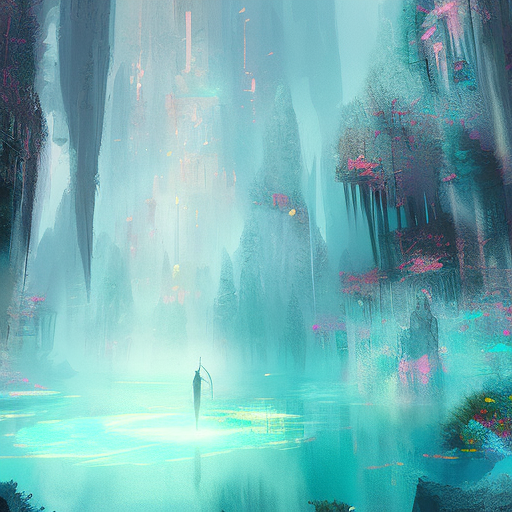One-line summary:
The “History of Beauty” explores the ever-changing concepts of beauty throughout different cultures and time periods, revealing the subjective nature of this elusive concept.
The Evolution of Beauty
In “History of Beauty,” author Umberto Eco takes readers on a captivating journey through the ages, exploring the ever-changing ideals and perceptions of beauty. From ancient civilizations to modern times, Eco delves into the cultural, social, and historical factors that have shaped our understanding of beauty.
Eco begins by examining the concept of beauty in ancient civilizations such as Egypt, Greece, and Rome. In these societies, beauty was closely associated with symmetry, proportion, and harmony. The idealized human form, as depicted in sculptures and paintings, represented the epitome of beauty. However, Eco also highlights the influence of cultural values and beliefs on beauty standards, such as the emphasis on physical strength and athleticism in ancient Greece.
Moving forward in time, Eco explores the Middle Ages, a period marked by a shift in beauty ideals. During this era, religious and spiritual values played a significant role in shaping beauty standards. The emphasis shifted from physical beauty to inner virtues and moral character. The concept of “inner beauty” gained prominence, with physical imperfections seen as signs of piety and humility.
The Renaissance period witnessed a revival of interest in classical beauty ideals, with a renewed focus on the human body and its proportions. Artists like Leonardo da Vinci and Michelangelo sought to capture the perfect balance between beauty and anatomical accuracy in their works. However, Eco also highlights the emergence of new beauty standards during this time, such as the fascination with pale skin as a symbol of wealth and social status.
Beauty in the Modern Era
As Eco delves into the modern era, he explores the profound impact of industrialization, globalization, and mass media on beauty standards. The rise of consumer culture and the beauty industry led to the commodification of beauty, with an increasing emphasis on physical appearance and the pursuit of youthfulness.
Eco discusses the influence of fashion, advertising, and popular culture in shaping beauty ideals. He examines the rise of supermodels and the emergence of beauty icons who set the trends and standards for millions of people around the world. However, he also highlights the growing backlash against these narrow beauty standards, with movements promoting body positivity and inclusivity gaining momentum.
The book concludes with a reflection on the subjective nature of beauty and the importance of embracing diversity. Eco argues that beauty is not an absolute concept but rather a social construct that varies across cultures and time periods. He encourages readers to challenge conventional beauty standards and appreciate the unique beauty in every individual.
Key Takeaways:
- Beauty is a subjective concept that has evolved throughout history and varies across cultures.
- Cultural, social, and historical factors shape beauty ideals and standards.
- Beauty standards have been influenced by religion, art, media, and consumer culture.
- The pursuit of beauty can have both positive and negative consequences on individuals and society.
- Embracing diversity and challenging conventional beauty standards is essential for promoting inclusivity and self-acceptance.
“Beauty is in the eye of the beholder, and everyone has their own unique beauty that should be celebrated.”












